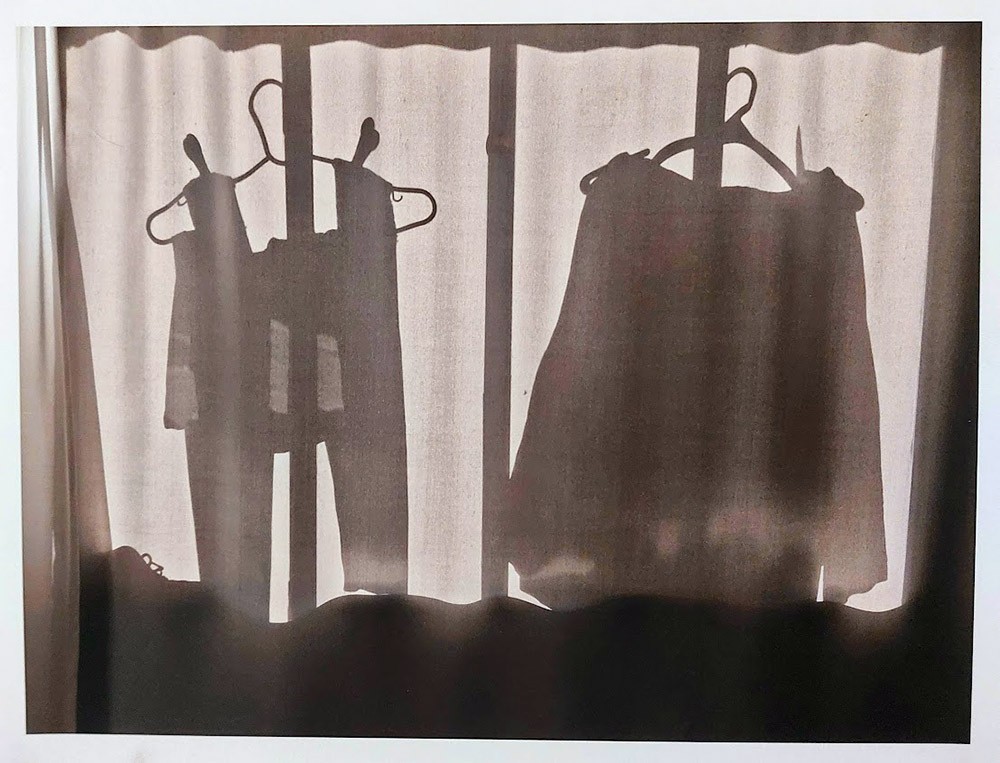The Sea of Silence Expels Secrets
By Yair Shulevitz and Oded Keidar (September 22, 2022)
A still life that is not still: the apparent paradox inherent in this sentence stands at the heart of the exhibition. The tension between the two poles of matter and spirit is present in works that deal with still life and it is possible that this tension is what attracts artists to engage in the genre.
By their very nature, still life works are those that create an intimate space for the artist. Unlike landscape paintings or figures, here the artist is the director, and he is the one who controls their placement absolutely: the objects are passive actors.
It is easier to recognize and feel in works of art whose subject is figures the inner spirit that rises from them especially compared to works that deal with still life. A great wonder is how different objects can metamorphose in our minds and are diverted from their functional role towards spiritual realms.
When did a chair for example stop being just a chair? This question inevitably opens up a broader question and that is do objects have their own lives?
The representation of the object significantly affects the viewer's experience as well as the depth of feelings towards the work. Still life touches us in different aspects: starting with the everyday and the banal, continuing with the associations and memories that objects evoke and ending with the fear of death. Being static it leaves us with an illusory sense of permanence.
We chose to focus the exhibition on one of the most common and classic subjects in the history of art, in a world where there is no movement and no sound. We have chosen the works that we feel manage to convey even a little bit the secret of the spirit that emerges from the material.

Sheftel Yaar
